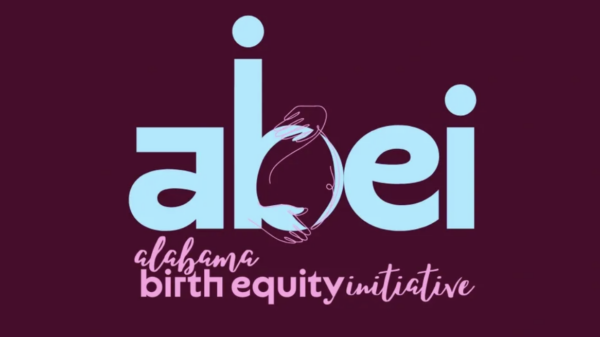The Alabama Commission on Reentry, also called Reentry Alabama, met Tuesday and discussed the importance and the need to assist former inmates in reacclimating to life after incarceration.
Alabama is one of five states that have joined a program called Reentry 2030 in collaboration with the Council of State Governments Justice Center. The goal is to reduce recidivism by 50 percent by 2030.
A lower rate of recidivism has been regarded as a long-term solution to Alabama’s continuously understaffed and overpopulated prison system.
Alabama’s most recent numbers, from 2018, show a recidivism rate of 29 percent, according to the CSG Justice Center. That’s the percentage of people reincarcerated within three years of release.
Ronald McKeithen, who serves as a Reentry Coordinator and Advocate at Alabama Appleseed, spoke to the commission about the need for “wrap-around service,” for former inmates.
“We’re dealing with different people, different individuals. One key or one plan is not going to fit everybody,” McKeithen said.
McKeithen also spoke to the fact that not only are inmates being released with different physical and emotionals ailments, but also without proper documentation to reenter society.
“It would help us a great deal if an individual came out of prison with a social security card, a birth certificate and an ID. When a person comes out of prison, you have to pay for your ID, you have to pay for a birth certificate. They don’t have any money,” McKeithen said.
The Alabama Bureau of Pardons and Paroles operates day reporting centers for individuals on probation or parole in the five largest cities in Alabama: Huntsville, Montgomery, Mobile, Tuscaloosa and Birmingham. Day reporting centers offer these wrap-around services, from medical services to helping acquire necessary identification.
“I think what I hear you’re saying is, and I hear other people say this, is ‘Yeah it may be happening here and here,’ but it’s not happening uniformly. And that’s the problem,” said Chairman Cam Ward.
The commission also looked at the Certificate of Eligibility to Register to Vote. The CERV provides a more administrative avenue to reinstate a former inmate’s right to vote, rather than the more formal process of receiving a pardon. So far, almost 1,400 people have applied for CERV with almost 400 granted.
The CERV sees more applicants during an election year, and this year around 700 have been denied due to outstanding fees in court cases or restitutions. Often, individuals apply without realizing that their right to vote was never revoked.
“I think this goes to a central theme that we’ve been talking about, and that is not only are you eligible to vote, but maybe you don’t realize it. You’re a veteran, you’re entitled to this veteran benefit. Maybe you’re entitled to Medicaid. Do you know how to apply for Medicaid?
“Maybe it’s one massive system saying not just voting, but all these services that maybe you’re entitled to that you don’t know about. Because you wouldn’t know,” Ward said.
Concerns were also raised about the recidivism rate of those who reach the end of their sentence without parole. This group often receives less in reentry help than any other population.
“The odds on recidivism, and we can pull the data on this for them coming back, it probably doubles what current recidivism rates are,” Ward said. “I mean it just goes through the roof. They EOS (end of sentence), they’re going to come back. You can take it to the bank.”



















































